How Volvo's T6 Engine Makes More Power Per Liter Than a Ferrari
Turbocharging or supercharging? It’s the forced induction question that has been running for decades among automotive enthusiasts. But what if you could do both?
Combine a turbo and a supercharger together? Would you end up with the worst parts of both, or an engine that worked surprisingly well? A few years ago, Volvo made the jump and built an engine with two different forms of forced induction. This is how it works.
First, a little bit about the two technologies, starting with the supercharger. In rough terms, it’s an engine-driven pump that compresses air to put more air and more fuel into the engine. That means more power. There are different ways of doing this, but Volvo uses a Roots-style blower. And no, that doesn’t mean the hip-hop group that plays for Jimmy Fallon. Nor is it related to the comfy sweatpants brand (for Canadian readers). It’s named for the Roots brothers who invented it.
A Roots supercharger (pictured above) uses two long lobes that mesh when they are turned. this forces air in and compresses it, generating boost. Basically a pump, but for air and not water. It’s one of the most common types of supercharger, and is the style you’ve probably seen sticking out of the hood of an old muscle car. Obviously, Volvo’s isn’t that prominent.
Because the supercharger is driven directly by the engine, via a belt or gears, it is always compressing air. It’s also mounted directly to the intake manifold in most cases. The moment the engine spins faster, it compresses even more air. That helps to give supercharged engines near immediate throttle response.
ALSO SEE: 2019 Volvo XC40 Review
The turbocharger, and yes that’s just short for turbosupercharger, works slightly differently. The turbo (cutaway pictured below) has two fans, or turbines. One is in the exhaust stream, which spins it. The other is in the intake and is spun by the exhaust turbine. So when exhaust flows, it compresses air into the intake. Because it only spins when there is exhaust flow, and because the air travels further before reaching the engine, there is a delay before the engine starts making power. That’s turbo lag. It can be reduced with a small turbo, but then maximum boost (and power) are limited. A bigger turbo for more power has more lag.
Turbos work better at high rpm, superchargers are more efficient at high rpm. Turbos also make their power for “free” because they use exhaust flow, while superchargers consume some of the power they make in order to turn them via the pulley.
Combine both, and you can make more power with no lag. And that’s what Volvo has done with the 2.0L four-cylinder T6 engine.
T6 Engine is Magic
It works like this. The air comes in through the intake, like any normal engine. Then it gets to the supercharger, where it is sucked in, compressed, and adds boost to the cylinders. That way it makes boost from idle and delivers power from a stop. The turbocharger inlet is closed. As the revs climb, there is now enough flow to spin the turbo. So from 1,600 rpm to 3,500 or so, the valve blocking the turbo inlet opens and both start cramming more air into the engine. The compressed air from the turbo flows through an intercooler. That’s an air-to-air radiator that cools the charge. Compressing air makes it hotter, which means it’s less dense. Intercooling maintains the higher pressure but makes the air cooler and denser. That means more oxygen in the cylinder so it can burn more fuel and make more power.
Above 3,500 rpm, the supercharger is no longer needed, so it is turned off. There is a clutch that disengages the spinny bits from the pulley. At that point, it’s all turbo. Because the supercharger doesn’t spin at higher engine rpm, Volvo can gear it to make max boost at very low rpm. Conventional superchargers keep making more boost throughout the rpm range, so add less power at low rpm.
ALSO SEE: 2019 Volvo V60 Review
The engine delivers very impressive power. In the XC90 it makes 316 hp from just 2.0L of displacement and four cylinders, but in Polestar garb it makes a massive 362 hp. That’s more power per litre than a McLaren 720S or Ferrari 488 GTB. It nearly matches the Bugatti Chiron and has one of the five highest power to displacement ratios of any current engine. Even the low-power version is in the top 10, ahead of the Nissan GT-R Nismo. That kind of massive power isn’t exactly what you expect from safety-first, luxury brand Volvo. But here we are.
If you’re paying attention to Volvo’s naming scheme, you’ll probably have noticed that the big-power twin-charge T6 engines are labeled Drive-E. So what exactly is efficient about these?
For a start, that switchable supercharger. You don’t need big power when you’re cruising down the highway, or when you’re idling along in traffic. With a turbo only, that’s no big deal. It’s spinning slowly at low throttle and low rpm, so it’s not making boost. Not so with a normal supercharger. Disengaging the supercharger lets the engine work like a naturally aspirated 2.0L four in those situations. That means less fuel burned in normal driving, but lots of power when you mat the gas. The engines are also designed with smoother operating roller bearings to reduce friction and they have the ability to shut off at a stop.
So that’s how Volvo is able to make massive power from its tiny T6 engine, without sacrificing response, drivability, or fuel economy. Unless you start using all of that power all of the time. In that case, nothing will save you at the pumps. But you probably won’t mind.
This article originally ran on SwedeSpeed.com
Evan moved from engineering to automotive journalism 10 years ago (it turns out cars are more interesting than fibreglass pipes), but has been following the auto industry for his entire life. Evan is an award-winning automotive writer and photographer and is the current President of the Automobile Journalists Association of Canada. You'll find him behind his keyboard, behind the wheel, or complaining that tiny sports cars are too small for his XXXL frame.
More by Evan Williams























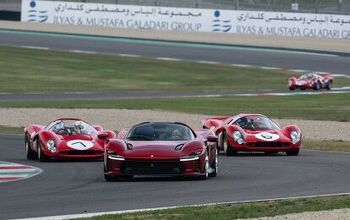



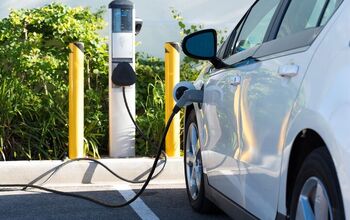

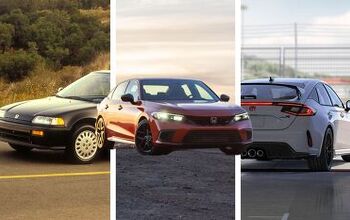
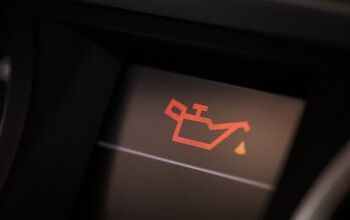

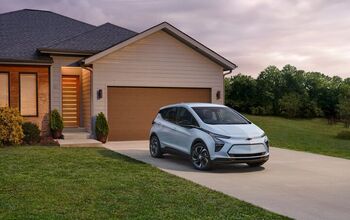
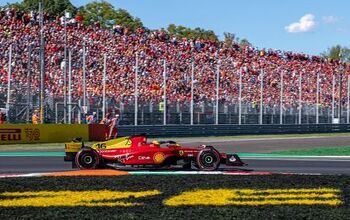
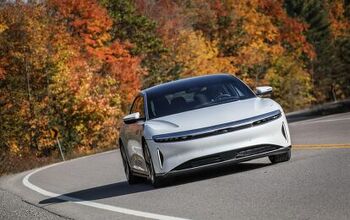

Comments
Join the conversation
I'm surprised somebody didn't develop the technology sooner. Good job Volvo.
Sadly it doesnt work that well.. comparisons tests with equivalent German competitors show poorer performance and fuel economy.